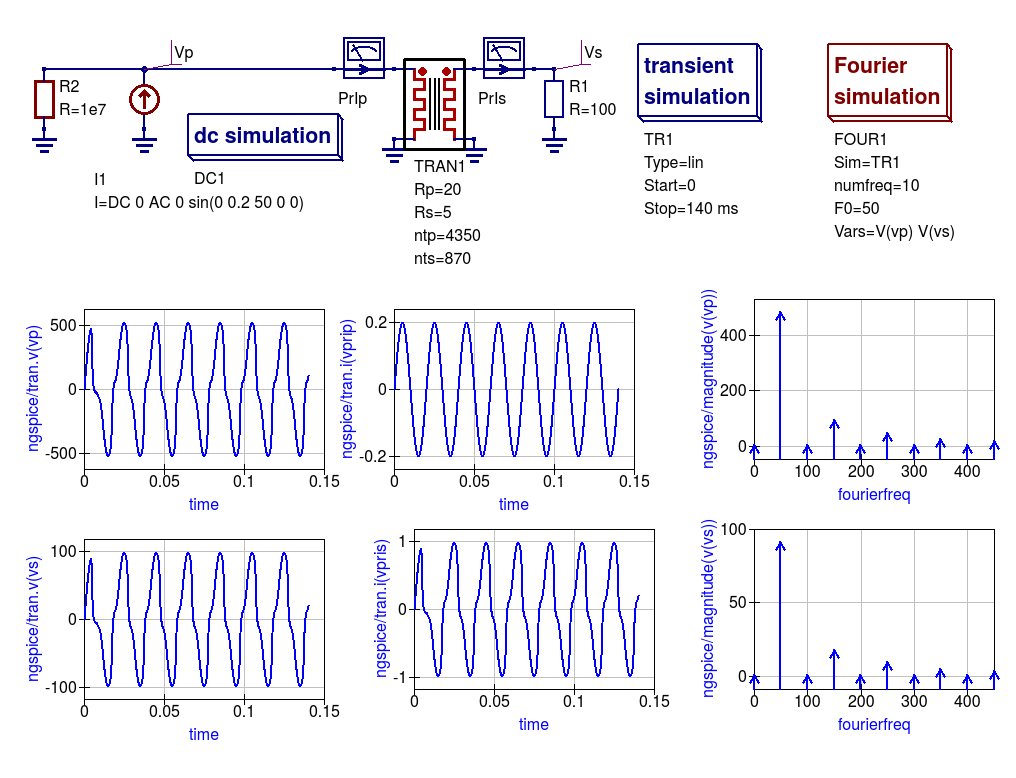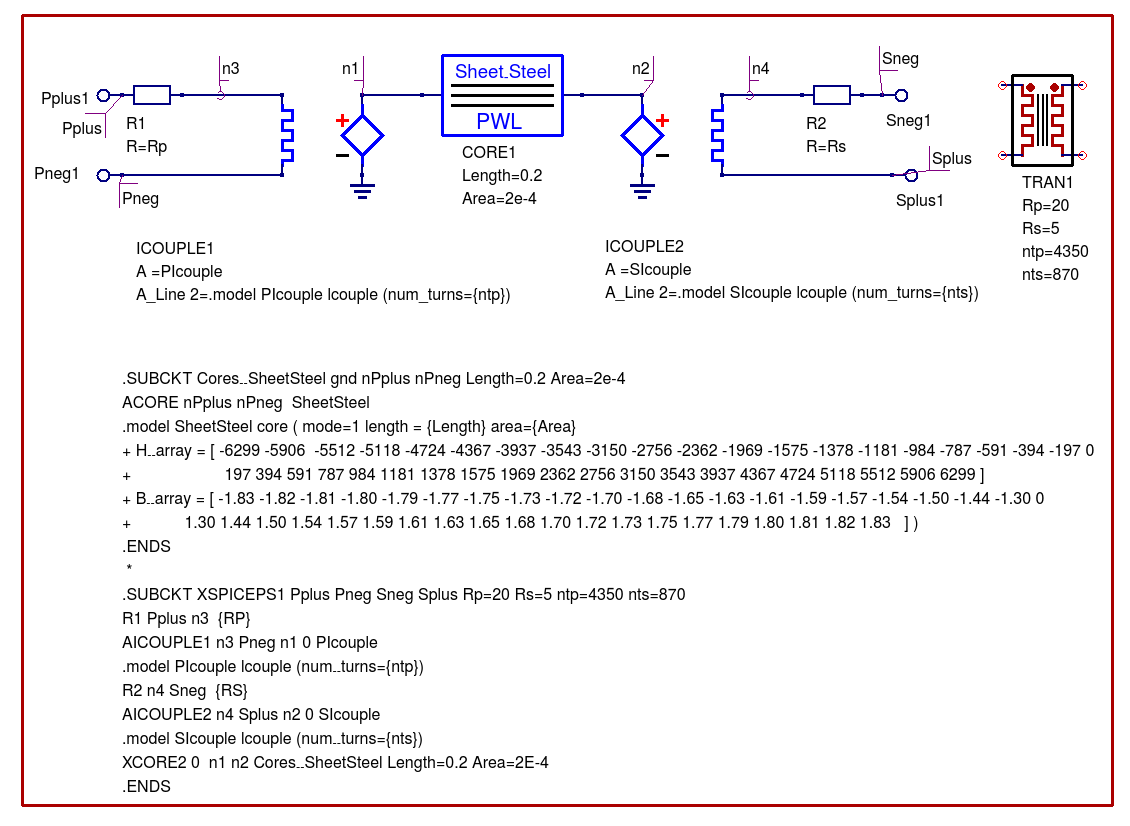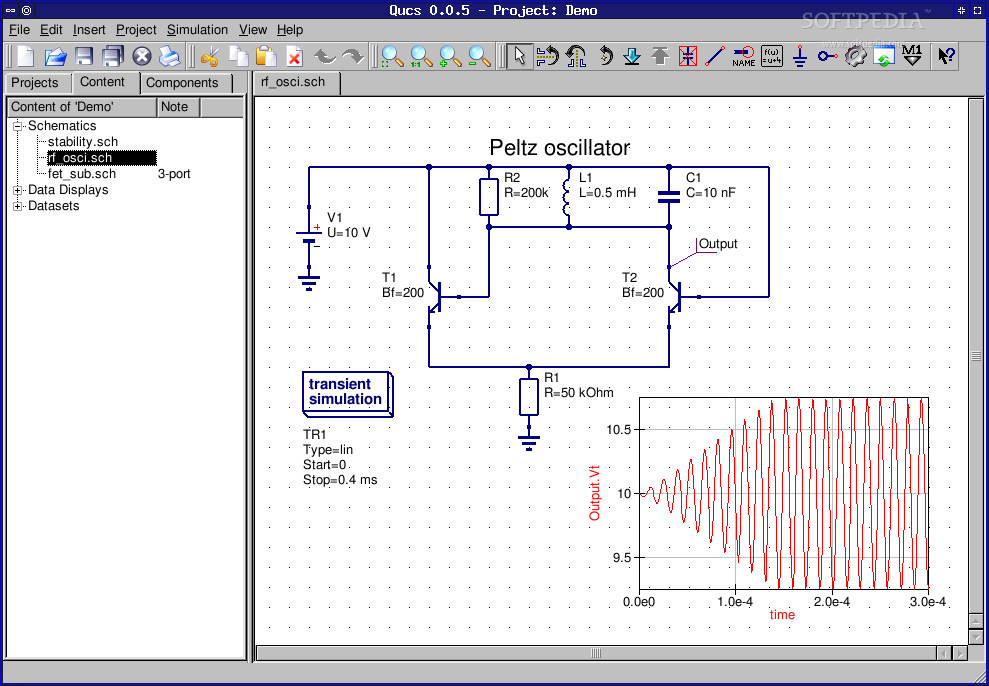

Modulation and Demodulation (AM / FM / PM / QAM) including IQ Modulationĭevelopment of a microstrip LPF for 1700 MHZĭevelopment of a 1575 MHz BPF using coupled microstrip lines LNA with a NF below 0.4dB for the frequency range from 1.1,7 GHzĭevelopement of a narrow bandpass filter for 10.7 MHz and high stop band attenuation up to 500 MHz Measured results using the vectorial network analyzer MMIC broadband amplifier up to 3 GHz (S parameters, stability, PCB layout, danger of self oscillation, Microstrip lines and Grounded Coplanar Waveguides

OPA circuits including working with Spice models from the Internet Third project: diodes (One pulse rectifier with an ideal diode / diode from the qucsstudio library / Spice models from the Internet)Ĭhecking a one stage transistor amplifier (DC-Analysis / transient simulation / spektral content in dB / AC sweep / example using a SPICE model from the Internet) The FFT as bridge between the Time Domain and the Frequency Domain RC Low Pass Filter (Simulations in the Time and in the Frequency Domain / FFT)
#QUCS LIBRARY DOWNLOAD DOWNLOAD#
You can download them from this site (download possibility is following to the tutorial download).Įverything is now terminated and translated and thus you find these themes and projects in part 1 of the tutorial: Part 2 shows Harmonic Balance Simulations on 51 pages.įor chapter 14 (Narrow Bandpass Filter 10,7 MHz) you will need three additional programs. Part 1 shows simulations in the Time Domain and the Frequency Domain using a huge number of projects (= 230 pages, last added chapter is "development of a 1575 MHz

You can download from this site an english tutorial in two parts:
#QUCS LIBRARY DOWNLOAD FREE#
Here comes a new, powerfull and free of charge RF CAD program which simulates in the Frequency Domain and in the Time Domain and can use "Harmonic Balance". New: RF circuit simulation using qucsstudio 3087-3096.Leichter Einstieg in die SPICE-Simulation International Conference on Education, Research and Innovation ICERI 2010. Using Octave to teach Circuits Theory in Technical Schools. EDULEARN 2012 Barcelona (Spain), July, 2012. 4th International Conference on Education and New Learning Technologies. Stepped Practical Work for Electrical and Electronic Teaching in the Higher Technical School of Naval Architecture and Ocean Engineering of the Technical University of Madrid.
#QUCS LIBRARY DOWNLOAD SOFTWARE#
Several complete exercises are illustrated in this work under the proposed concept of simulate-calculate results with the combined use of these two free software environments Qucs-Octave. In both cases, students understand whether they have or not correctly solved the proposed exercises, and they analyse the always existing discrepancies between results. While Qucs offers a friendly environment, free software, to simulate circuits or systems, Octave, which is based on the GNU concept, allows to carry out complex mathematical calculations. This work presents the combined use of free software for the aforementioned purpose of the second stage of the Stepped Practical Work concept for practical training. Finally, in the third and last stage, students access the laboratory to set up circuits or systems with real components, obtaining different measurements of the real quantities involved and validating the calculation methods and results. Another option of this second stage consisting of using a mathematical calculation tool for the same purpose with the objective to validate the results obtained in the first stage. After this stage, students verify that the previously obtained results can be obtained from a based-on PS-SPICE simulation environment software that allows computing various electrical quantities that can be virtually measured. In the first stage, students solve exercises with the only help of a calculator and writing tools. Under the concept of Stepped Practical Work that was successfully implemented in subjects as Basic Electrical Engineering, Electronics, Automation, Navigation and Communications among others, students have to carry out and pass three stages to accredit their practical credits. de Ingenieros Navales from the Universidad Politécnica de Madrid. Teaching circuits, basic electronics or similar contents play an important role in the training of future engineering graduates, even under the perspective that these are not the most important contents for acquiring their regulated competences, as it occurs in the E.T.S.


 0 kommentar(er)
0 kommentar(er)
